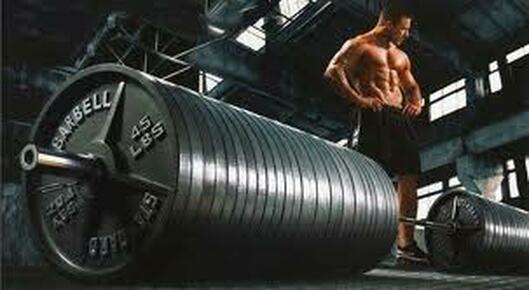As we mentioned in Part I, the deadlift is arguably one the best exercises to improve total body strength and fortitude. As simple as the movement seems to be, it’s very complex and athletes often plateau and get frustrated. Below I’ve listed 7 tips to help improve performance. Add each one every time you train, be consistent, and your numbers will no doubt improve!

Tip 1: Don’t Stretch Prior To Lifting
Static stretching major muscle groups (such as hamstrings or glutes) prior to lifting can be detrimental to your lift, as it decreases power output and can actually increase your chance of injury. Of course, it’s always important to properly warm-up and mobilize tighter joints, just make sure to avoid prolonged stretching of the glutes or hamstrings. Stick to a dynamic warm-up with bodyweight exercises like squats and banded good mornings before deadlifting.
Tip 2: Stay On Your Heels
Plain and simple, keep your weight on your heels throughout the entirety of the lift. Try not to allow yourself to drift forward onto your forefoot or toes. This exercise is meant to develop posterior chain strength, not the quads.
Tip 3: Don’t Wear High Heels
I mean, lifters, or running shoes for that matter. Save your tennis shoes for the tennis court! Wearing lifters or athletic shoes while deadlifting causes a forward weight shift increasing stress on the lower back and decreasing posterior chain activity. Ideally, you want to avoid footwear consisting of any kind of heel lift or cushion. The main purpose of this exercise is to activate the posterior chain, so you need to stay on your heels. I recommend deadlifting in flat shoes with flat soles or simply go barefoot.
Tip 4: Take The Slack Out Of The Bar
Taking the slack out of the bar pre-lift allows the lifter to generate maximal muscle tension in the spinal erectors. This is extremely important to not only reduce rounding in the lower back, but prime neuromuscular stiffness in the involved muscles. After you set up properly, pull your chest up and simultaneously pull the weight of the bar till you feel the generated tension, then explosively perform the lift.
Tip 5: Push The Ground Away From You
The deadlift is not a pull exercise, but rather a push. By pulling the bar, you lose engagement in your lats, failing the lift and putting noticeably more stress on your lower back. By pushing the ground away and standing up, you maintain lat engagement and use the posterior chain. For many, fixing this issue is the single biggest factor towards improving their deadlift.
Tip 6: Struggling To Lock Out With A Max Out? Train With An Elevated Bar
The deadlift lock out is driven by glute and low back strength as well as the upper back. Often times a poor lock out can be related to problems in the starting position or loss of hip position throughout the lift. But for this tip, we will assume your technique is stabilized and you just need to improve strength on those specific areas. Elevating the bar on the blocks, typically 2-4 inches high can be a useful way to strengthen the lock out. Block pulls are typically weaker than lifting from the floor — this is due to the lifters inability to generate leg drive with the bar in the elevated position, causing the hips and back to work harder to move the weight. Overloading these areas will help strengthen the lock out for conventional deadlifts. Other exercises to consider are the barbell hip thrust and barbell good morning – but make sure to focus on full strict lockout with sound technique.
Tip 7: Place Your Shoulder Blades In Your Back Pocket
Proper setup is everything. Placing your shoulder blades in your back pocket will help ensure a solid start position and set the stage for a successful lift. Keeping them down and together will keep the chest tall, puts the hips in an advantageous position, and keeps the upper back tight and ready to lift. Simple, but effective.
Heavy deadlifts will put muscles on places you didn’t even know existed. Keep these cues in mind everytime you deadlift, and not only will that annoying lower back tightness and pain subside over time, but you’ll likely hit a PR in no time! If you’re in the Charlotte area and are dealing with lower back pain or need help safely executing the deadlift, i’d love to work with you to help you get reach your goals. We work with athletes and active individuals all the time who are trying to improve their fitness and overall health so they feel great long term. If this is you and you’re struggling with pain or recurring issues, I can help. E-mail me [email protected] to get started!
Thanks for reading,
Dr. Andrew

